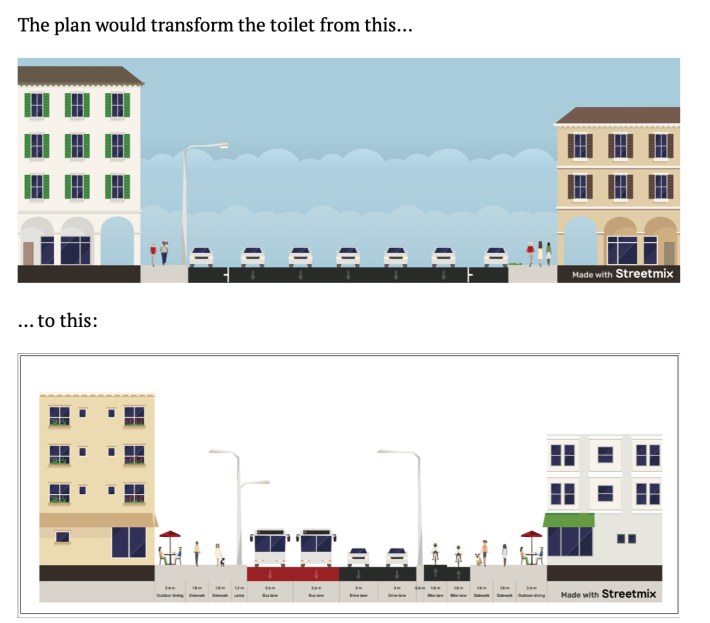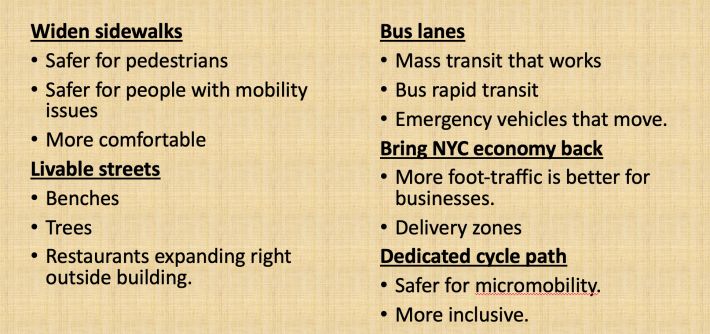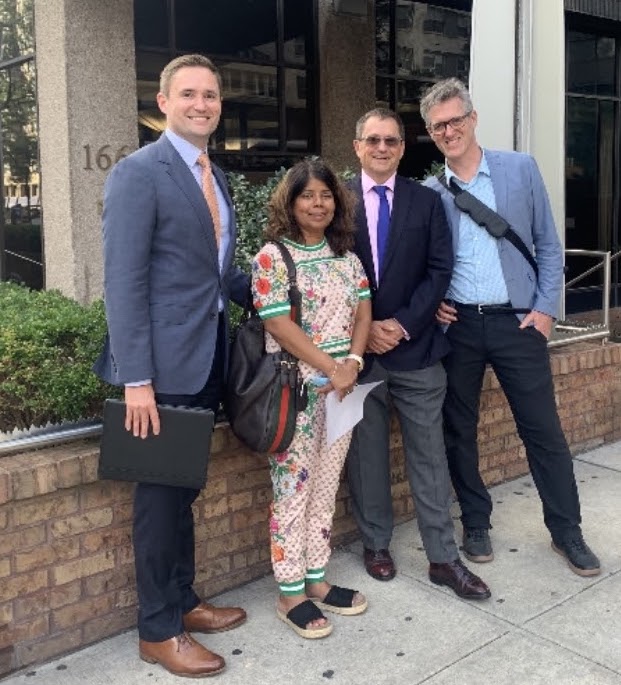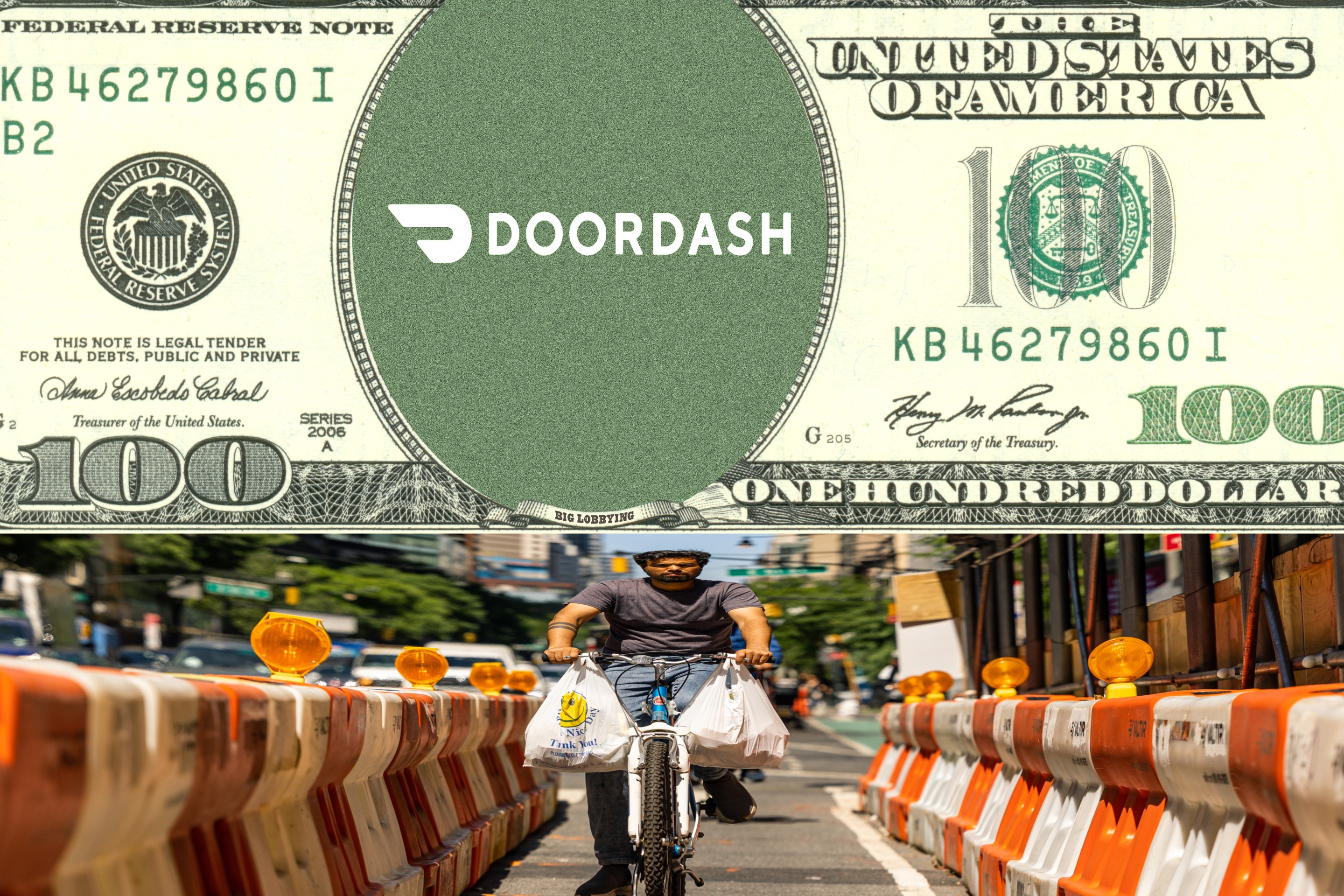On Sept. 20, I and some like-minded Transportation Alternative activists met on Third Avenue with Ed Pincar, the Manhattan commissioner of the Department of Transportation — our first opportunity to make the case for our vision for a total re-imagination of this highway in our backyard.
It was a really positive meeting, and we were delighted that the DOT, as Pincar told us, is “happy to start thinking about shorter-term and longer-term changes that can be made to Third Avenue” from 24th to 42nd streets.
Therein lies a story.
I have been riding my bike in the city since I moved here from London 22 years ago. Cycling and other safe-street infrastructure have improved dramatically in that time, but we are so far from where we need to be. We need politicians to push for a dramatic change — and to fund it.
The genesis of our campaign came earlier this year, when I found myself in Midtown on Third Avenue and had to think whether I should cycle across to First Avenue, where there’s a protected bike lane. We have them on First and Second Avenues but nothing on the rest of the East Side. That’s insane. Even hardened cyclists tend to avoid Third Avenue.

It’s completely scary riding a bike there given the seven — yes seven — lanes dedicated to moving cars and storing them. It’s like riding on a speed strip. So is crossing the avenue on foot. Pedestrians deserve to feel safe — and to be safe.
Community Board 6 commissioned a study by Sam Schwartz Engineering in order to calm the streets, reduce traffic and widen the sidewalk along part of Third Avenue. The plan is now under review at the DOT; we hope to collaborate with CB6.
Statistics show that protected bike lanes make streets safer for everyone. In 2019, the stretch of First Avenue from 24th to 42nd streets, where there is a protected bike lane, had 78 crashes, with six cyclists injured and no deaths. In the same year on the same stretch of Third Avenue, where there is no PBL, there were 180 crashes, 10 cyclists injured and one death. During the last eight years, there have been three deaths on this segment of Third Avenue and 478 crashes resulting in 561 injuries.
The need is great: 2021 is already the deadliest year in the brief life of Vision Zero. Almost 35,000 people have been injured so far on city streets, including some 4,800 pedestrians and 3,500 people on bicycles. Citywide we have had 172 deaths so far from traffic violence — with 26 deaths in July alone, including eight pedestrians and two people on bikes, according to city statistics collected at crashmapper. These are horrifying numbers.

We believe there is support for our plan. We are now starting to meet with business-improvement districts and individual businesses on the avenue and elected officials — and we're hoping to involve safe-streets activists across the city.
Businesses understand the benefits of traffic calming, bike lanes and increased foot traffic to their bottom lines. Those on streets with bike lanes — including Amsterdam, Eighth and Ninth avenues and Union Square — have seen double-digit jumps in retail sales compared to surrounding areas and many fewer storefront vacancies, even during the pandemic.

Perhaps most of all, calming the traffic on Third Avenue would do wonderful things for the quality of life of city residents. More than three-quarters of Manhattan residents don’t own a car. It’s time to stop giving the overwhelming part of our streetscape to the fraction who do and to the huge number of people who commute to our city by car, even if they are a minority of commuters into Manhattan. Just like the children who live in the suburbs, our children deserve safe streets and the opportunity to go outdoors without the worry that they will be mowed down by the SUV drivers who careen through our streets as if they owned them. Why should their SUVs sit for free beside our curbs when we, who pay high taxes to live here, could use the space for so much more?
As the DOT has worked to make our streets more livable, the people of our great city have glimpsed the future and they like what they see. The time is right for the New Third Avenue Boulevard.
Paul Krikler (@PaulKrikler) is a safe-streets advocate in Manhattan.







